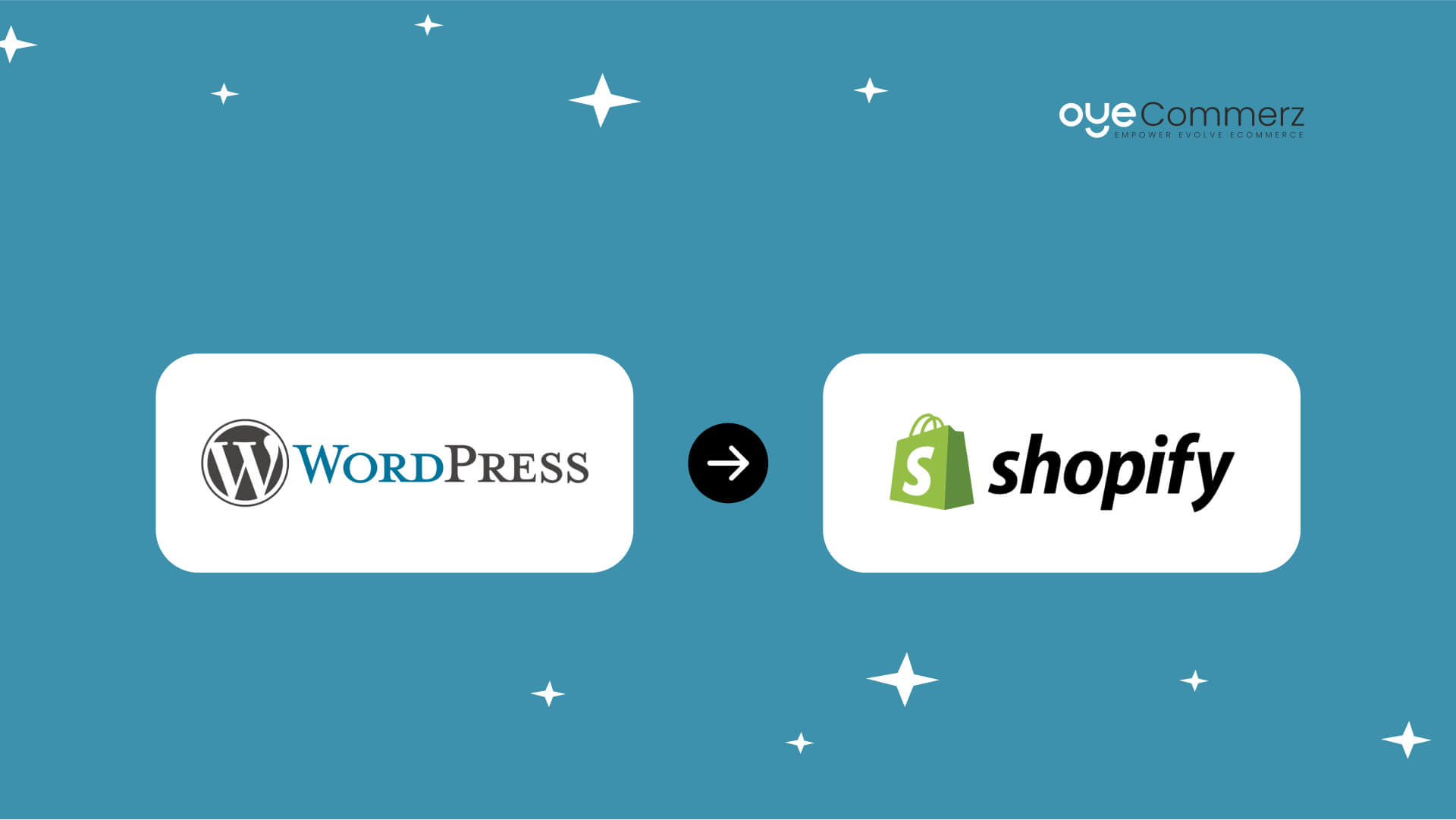The journey of an e-commerce business hinges on its ability to adapt, grow, and provide exceptional customer experiences.
Considering a move from WordPress to Shopify? You’re probably seeking advanced features, better scalability, and a forward-thinking platform.
Discover the critical steps, expert tips, and proven strategies for migrating to Shopify with minimal disruptions and maximum impact.
Introduction: Why Migrate from WordPress to Shopify?
Although WordPress is highly adaptable, managing e-commerce through plugins can hinder seamless growth.
Built for e-commerce, Shopify delivers unmatched security, scalability, and tools tailored to retailers.
As of 2024, Shopify powers over 4.5 million online stores worldwide, solidifying its position as a leader in e-commerce.
Migrating to Shopify brings advantages such as streamlined order processing, advanced payment features, and better mobile responsiveness.
This is your detailed plan for a successful migration journey.
Step 1: Understand Your Current E-Commerce Challenges
Begin with a detailed assessment of your store’s strengths, weaknesses, and goals.
Identify bottlenecks such as sluggish performance or excessive reliance on third-party tools.
Shopify’s native functionalities, including Shopify Payments and pre-built themes, simplify operations and boost performance.
Step 2: Create a Migration Plan
Without proper planning, your migration might result in errors or unnecessary business interruptions.
Ensure a smooth transition by focusing on key areas like product inventory, customer data, and order history.
Leverage Shopify’s in-built tools and external integrations to handle data migration securely and efficiently.
Step 3: Tailor Your Shopify Experience
Create a brand-consistent shopping experience using Shopify’s versatile customization tools.
Browse the Shopify Theme Store for templates or modify them to enhance user experience.
Premium themes like “Impulse” and “Prestige” offer advanced features and mobile-friendly designs.
Shopify Plus offers tailored theme development for businesses seeking unique designs.
Partner with Oyecommerz to design Shopify Plus themes tailored for high-performing online stores.
Step 4: Safeguard Your Search Engine Optimization
A successful migration includes retaining your existing SEO structure to avoid losing search engine rankings.
Shopify tools enable redirection of old URLs to new ones, safeguarding existing traffic.
Use Shopify’s built-in SEO tools to manage metadata and connect analytics platforms.
Failure to handle SEO settings correctly can cause a temporary loss of web traffic.
Step 5: Integrate Essential Shopify Apps
The Shopify App Store provides a wide range of applications to improve your store’s capabilities.
Apps like Klaviyo for email marketing and Yotpo for customer reviews can transform your customer engagement strategy.
For more complex requirements, Shopify API integration allows seamless connection with third-party tools.
Let Oyecommerz connect third-party solutions to your Shopify store for smoother operations.
Step 6: Ensure Mobile-Friendliness
In 2024, mobile devices account for nearly 60% of online transactions, making Shopify store performance optimization essential.
Every Shopify theme is built to adapt seamlessly to different screen sizes and devices.
Shopify supports mobile-friendly payment methods, reducing friction at checkout.
Focus on streamlined navigation and speed to maximize mobile sales potential.
Step 7: Train Your Team
While Shopify’s interface is user-friendly, training your team ensures a smoother transition.
Teach staff how to manage products, track orders, and utilize reporting tools for insights.
Team training boosts confidence and efficiency in using Shopify’s advanced functionalities.
Step 8: Conduct Thorough Pre-Launch Testing
Test your store rigorously to ensure all systems function smoothly before launching.
Verify that product information, inventory, and navigation links are error-free.
Simulate purchases to confirm your store’s payment methods and checkout flow are problem-free.
Testing ensures your store is customer-ready, leaving no room for errors on launch day.
Step 9: Promote Your Migration Strategically
A successful migration is a great opportunity to engage and excite Migrating WordPress customer data your audience.
Send personalized emails and post updates on social media to announce your improved store.
Showcase features like faster load times and a secure checkout to build trust and excitement.
Conclusion: Shopify – The Key to E-Commerce Growth
Transitioning to Shopify represents an opportunity to reimagine your e-commerce strategy.
From scalability to intuitive tools, Shopify equips your store to thrive in competitive markets.
For businesses of any size, Shopify offers unparalleled support for achieving e-commerce goals.
Partnering with Oyecommerz ensures a smooth migration with minimal disruption to your operations.
Trust Oyecommerz to make your migration stress-free and maximize your store’s capabilities.
Take the next step in transforming your store—contact us to start your Shopify migration today.
